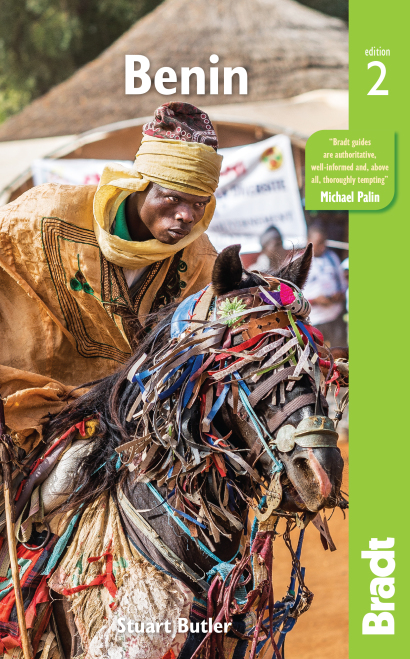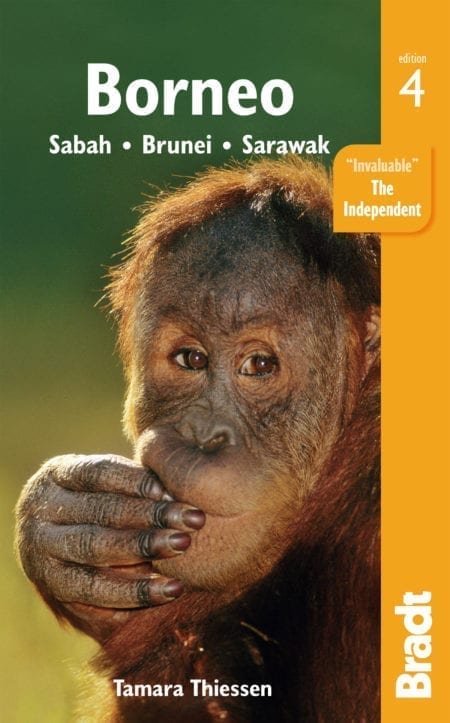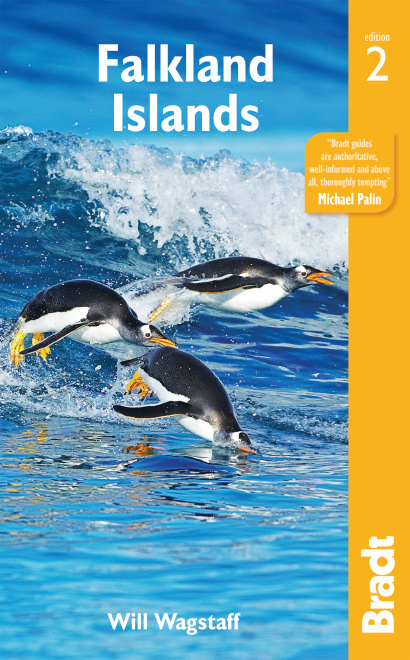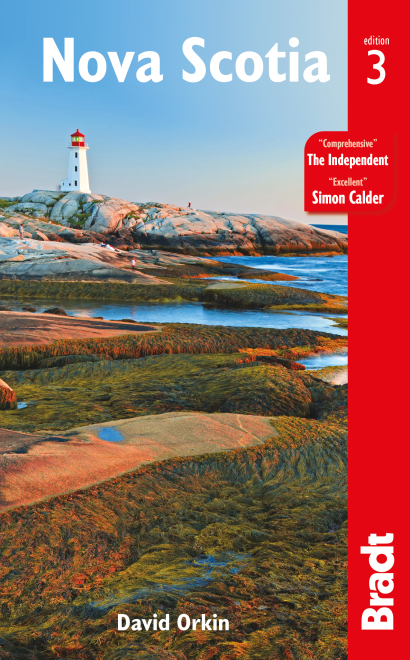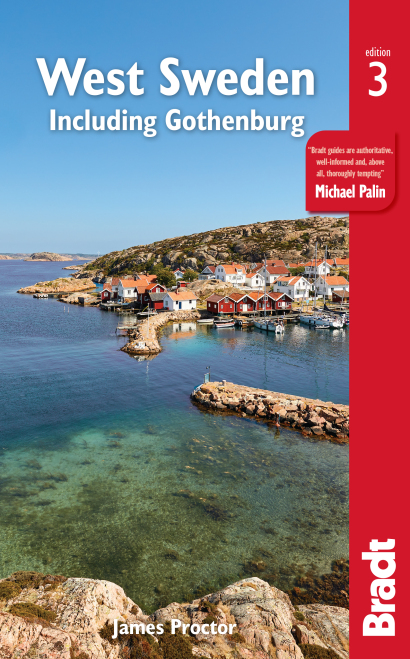Verdant and dark, plush and rugged, well-trodden and untouched, inviting and impenetrable: forests reflect the very world we see around us. With deforestation on the rise, it’s no secret that the wild, green spaces of the world are on the decline.
Luckily enough, this isn’t the whole story – yet. Zeroing in on some of the finest forests that continue to thrive across our global destinations, we are reminded of what we stand to lose should we not choose to live more sustainably.
Bwindi, Uganda
Uganda’s single most important tourist hotspot is the Bwindi Impenetrable National Park (BINP), which protects a rugged landscape of steep hills and valleys abutting the Congolese border south of Ishasha and north of Kisoro.
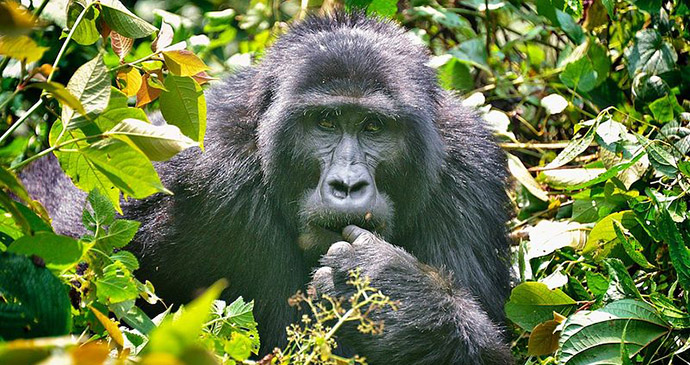
Rolling eastward from the Albertine Rift Escarpment, the tangled forested slopes of Bwindi provide shelter to one of Africa’s most diverse mammalian faunas, including 45% of the global mountain gorilla population.
Cape Breton, Nova Scotia
Established in 1936, the Cape Breton Highlands National Park in Nova Scotia was the first national park in the Maritime Provinces. The largest protected wilderness area in the province, it encompasses 950km² of the Maritime Acadian Highlands, one of the 39 natural regions of Canada.
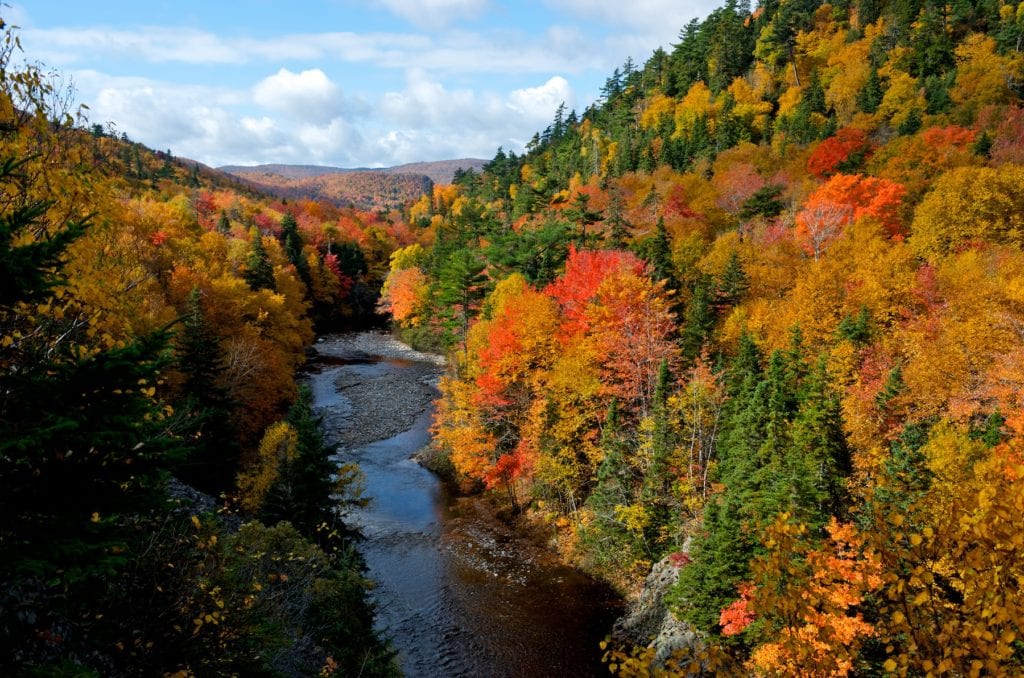
In addition to the magnificent forested highlands and deep river canyons, large sections of northern Cape Breton Island’s stunning coastal wilderness fall within the park’s boundaries. Wildlife is plentiful, with moose top of most visitors’ ‘want to see’ lists. If you drive the western part of the Trail in late afternoon or early evening, you’re very likely to see moose standing in the roadside ditches: drive slowly and carefully. From the Trail’s look-outs, you might see whales just offshore.
Dalby, North Yorkshire
Perched on the southern slopes of the North York Moors National Park, Dalby Forest is home to numerous species of wildlife and trees.
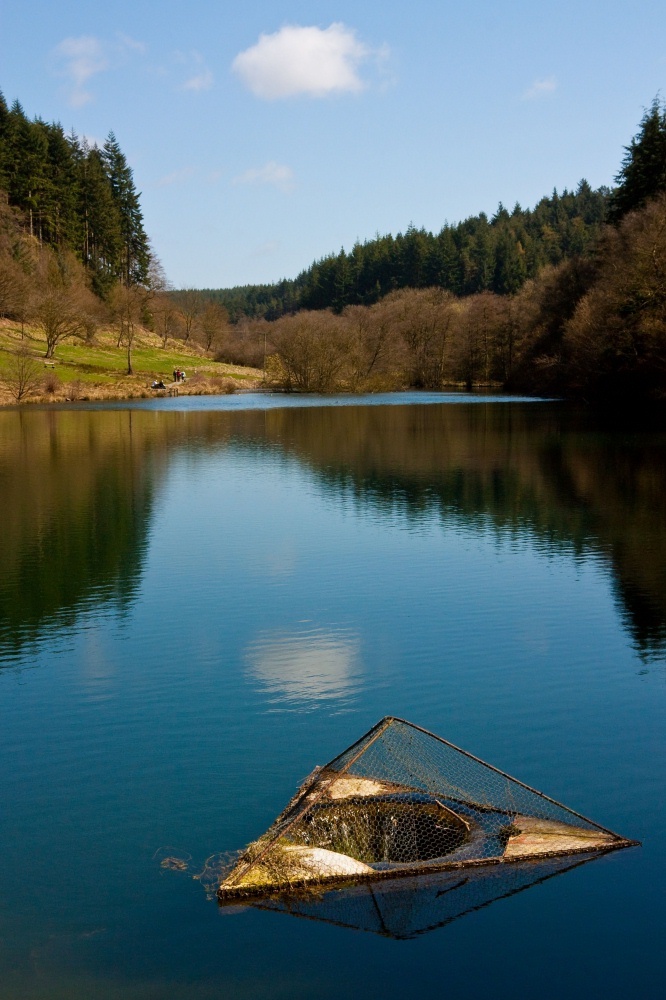
This huge area of woodland has become one of the Forestry Commission’s beacon leisure forests, so much so that it’s easy to forget that it is still primarily a commercial timber production area.
Dalsland, West Sweden
Sandwiched between Bohuslän to the west and Lake Vänern to the east, the province of Dalsland is West Sweden at its most rural. Sparsely populated, Dalsland is truly a land of lakes and forests; there are few towns here and the only settlement of any size, uneventful Åmål (pronounced oh-mole), located in the far northeast of the region, sees few visitors.
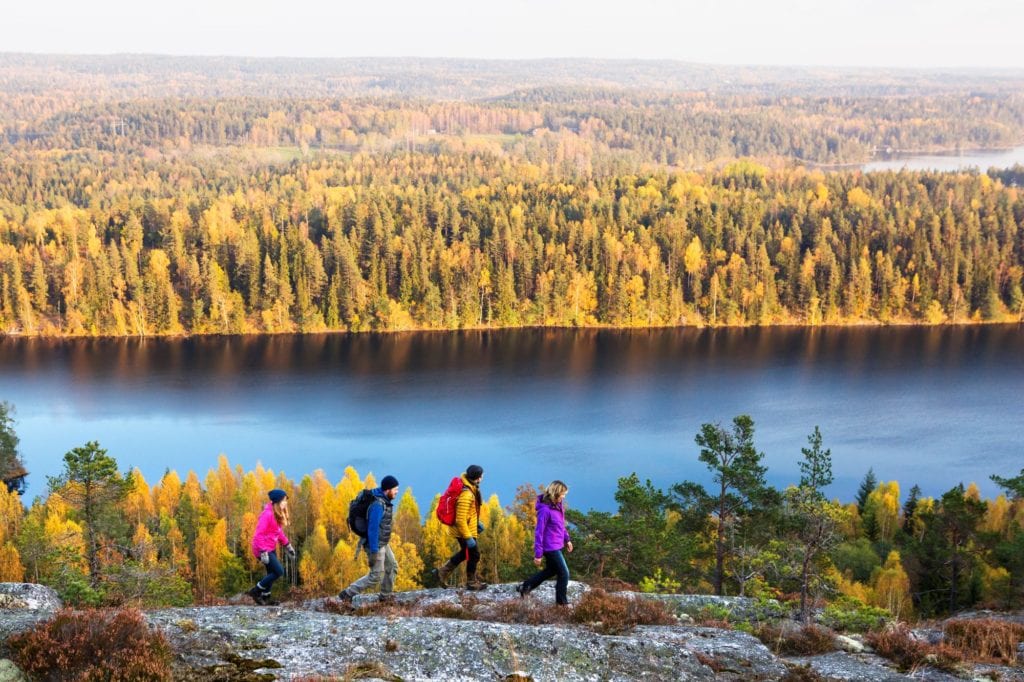
But nobody comes to Dalsland for its towns – instead the area is known for its great range of outdoor activities which make full use of the unspoilt nature which abounds here: fishing, kayaking, horseriding, hiking, even pedalling a railbike along disused railway tracks are all popular. Dalsland is also the location for one of the region’s latest and most unusual attractions: a stay in a cabin made of glass, rather than wood, allowing you to completely surround yourself by the sights and sounds of Swedish nature.
Gunung Kinabalu, Borneo
Covering Mount Kinabalu itself and spread over 754 square kilometres – an area larger than Singapore – the Gunung Kinabalu National Park encompasses several distinct mountain environments and climate zones.
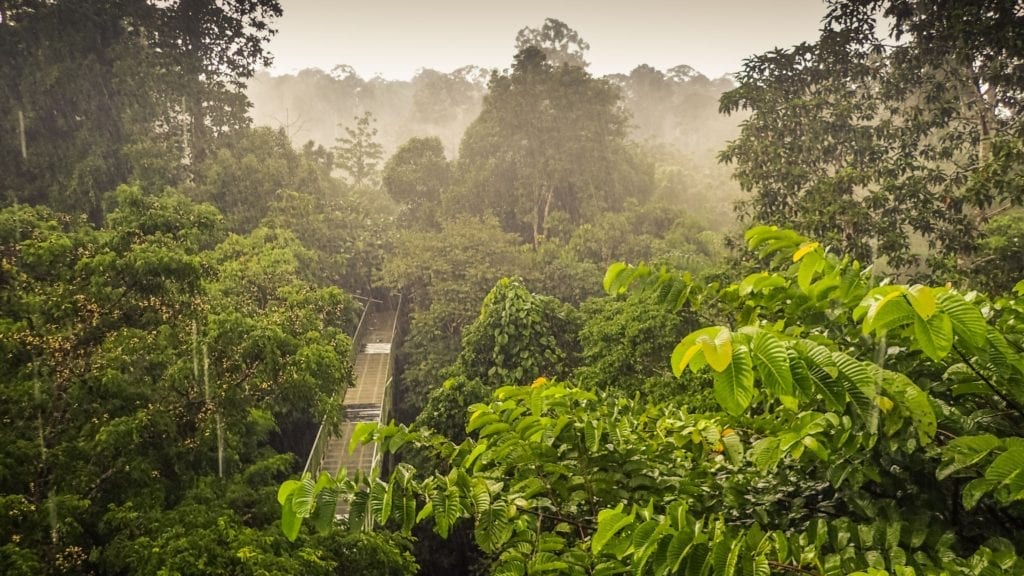
The coolest place in Borneo, it is a botanical and ornithological paradise, with over 300 bird species, 5,000 flowering plants and a multitude of mosses, ferns and fungi.
Hill Cove, Falkland Islands
The only forested area on the Falkland Islands, this impressive stand of trees was originally planted in the 1880s to the west of Hill Cove settlement, but was substantially enlarged in 1925.
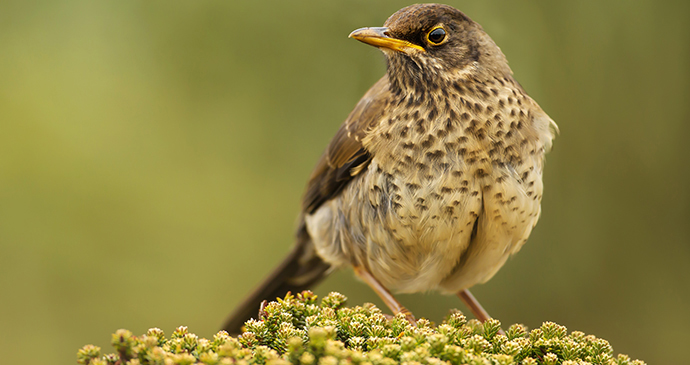
The trees are incredibly tall and healthy compared with those seen elsewhere on Falkland – so often on the islands the trees all lean away from the prevailing wind direction, but the trees in the forest seem to protect each other, with some reaching 20m tall. The whole area is full of birds – mostly black-chinned siskins and Falkland thrushes – flying around and calling.
Jozani, Zanzibar
A good area for keen birders in Zanzibar is the Jozani Forest Reserve, although the birds here typically hide themselves in the undergrowth or high canopies.
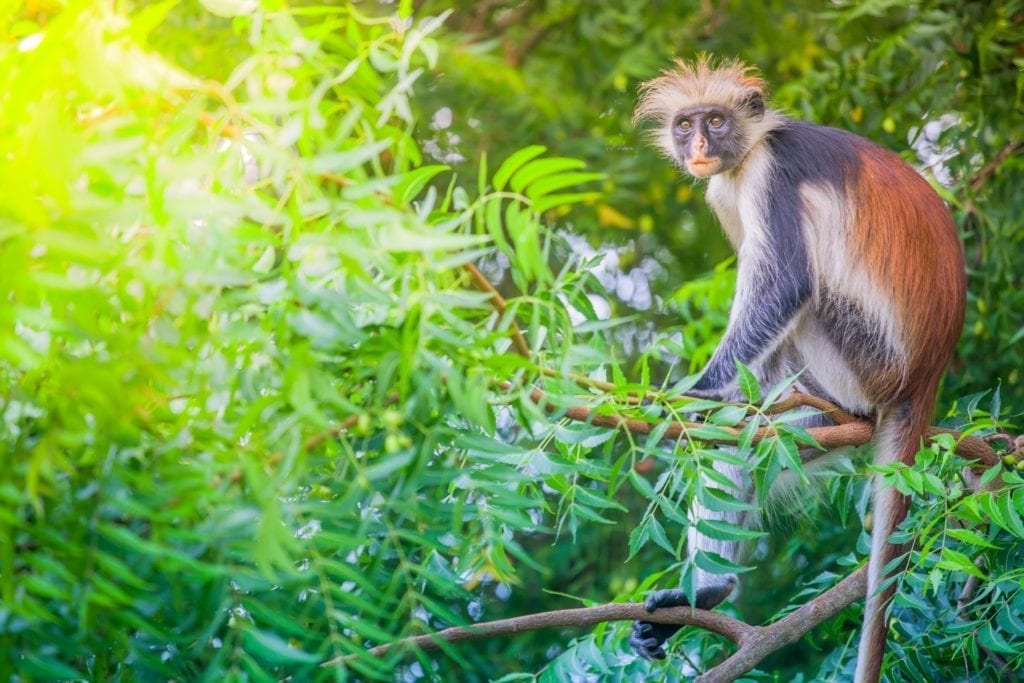
In the nearby mangrove forest, where a walkway has been constructed, you can see mangrove kingfisher, mouse-coloured sunbird and even tropical boubou. The semi-habituated monkeys in the area south of the forest are also never far from the action.
Nyungwe, Rwanda
Extending for 1,015km² over the mountainous southwest of Rwanda, Nyungwe is the largest remaining tract of montane rainforest in eastern Africa, forming a contiguous forest block with Burundi’s 400km² Kibira National Park. The most important catchment area in Rwanda, the park supplies water to 70% of the country, and its central ridge divides Africa’s two largest drainage systems, the Nile and the Congo – indeed, a spring on the slopes of the 2,950m Mount Bigugu is now regarded to be the most remote source of the world’s longest river.
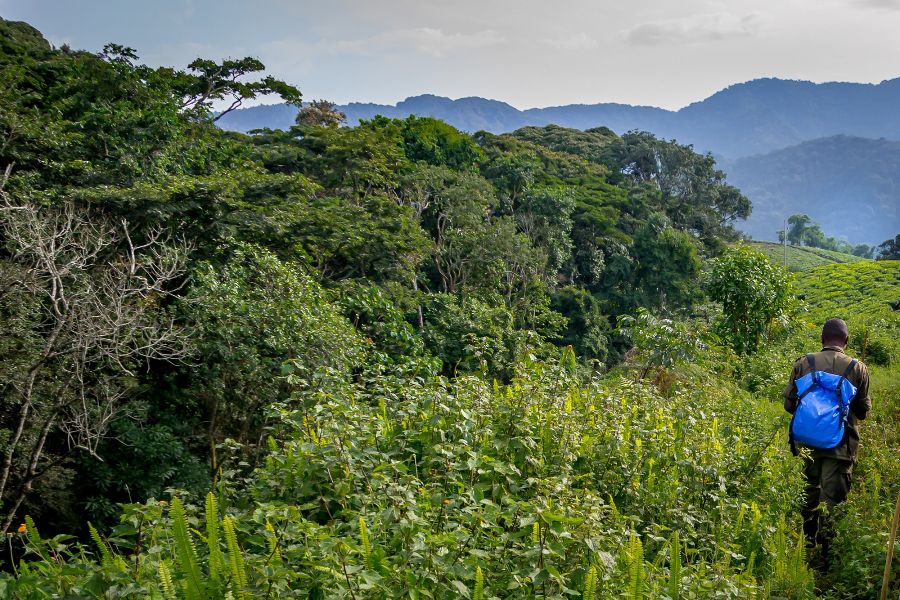
For most visitors, primates are the main attraction. All 13 species are represented, including a chimpanzee population estimated at around 500, which can usually be tracked at short notice, but several other monkeys are readily seen, including the acrobatic Ruwenzori colobus and the localised L’Hoest’s monkey. Nyungwe is also highly alluring to birders, botanists and keen walkers, with its 130km network of walking trails, and is the site of the region’s only suspended canopy walk.
Sinharaja, Sri Lanka
Sri Lanka’s most important biodiversity hotspot and number-one birdwatching destination is the 88km² Sinharaja Forest Reserve, which protects the largest remaining tract of rainforest in the island’s southwestern wet zone.
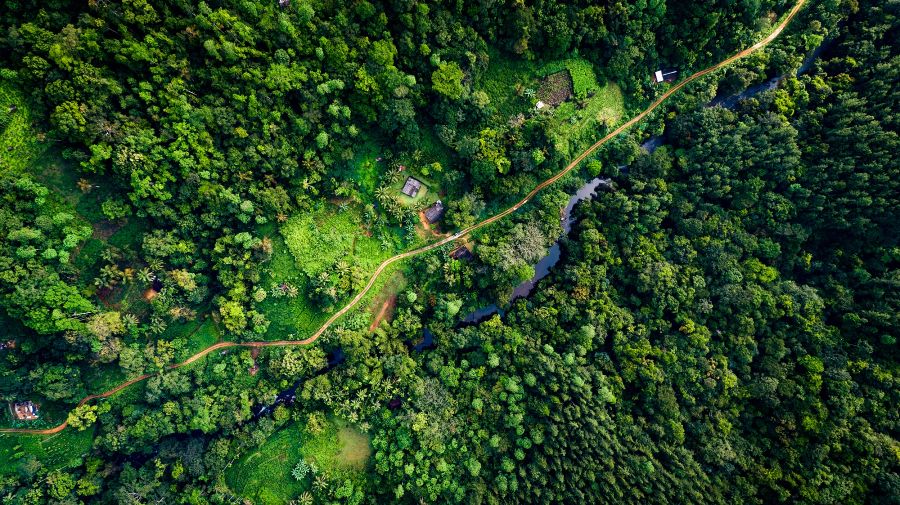
An important watershed, it swathes a rugged mountain range that extends for 21km from east to west, but is classified as lowland rainforest owing to its relatively modest altitudes, which rise from below 100m to 1,171m at the summit of Hiti Pitigala.
In zoological terms, Sinharaja’s most remarkable feature is a quite extraordinary level of endemism, which embraces at least 830 plant and animal species unique to Sri Lanka, and more than a dozen plant genera whose range is confined to this one forest. The forest reserve is of particular interest to birdwatchers, since all but two of the 33 species endemic to Sri Lanka have been recorded here, and it is the easiest place to see many of them
Tara National Park, Serbia
Serbia’s Tara National Park lies just to the north of Kremna, in the panhandle circumscribed by the bend of the River Drina that extends northwest into Bosnia and Herzegovina. Tara, which includes both the Tara and Zvezda mountain ranges, was declared a national park in 1981. The park covers an area of about 22,000ha that lies between 250m and 1,500m above sea level.
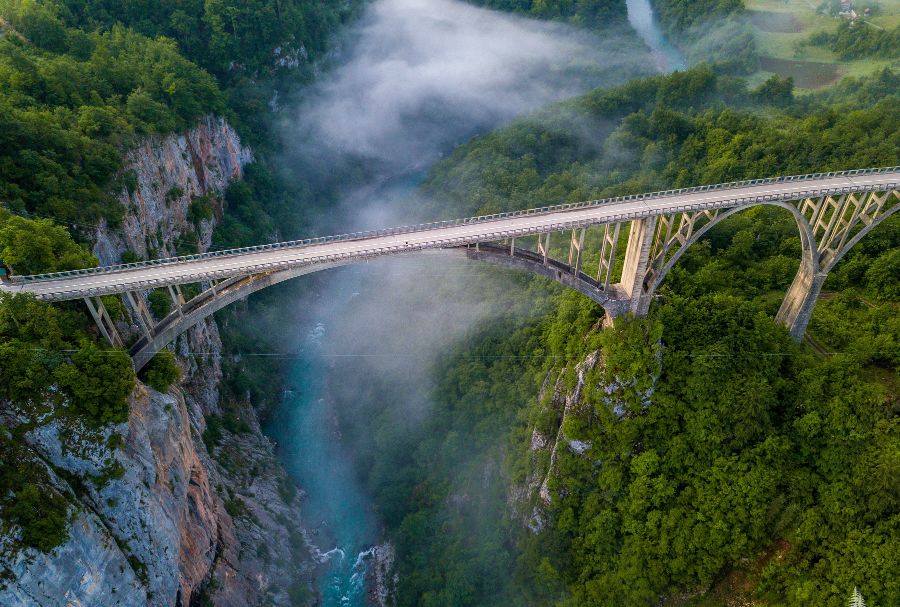
The park is almost entirely composed of high mountains and deep gorges, three-quarters of which are covered by forest, together with the caves and springs typical of a karst landscape. Tara is home to a rare endemic tree species, the Pančić (or Serbian) spruce (Picea omorikca pancic), that is now confined to just a small area of the park and under state protection. Several species of rare and threatened birds and mammals like golden eagle and brown bear are present within the park’s boundaries.
More information
Eager to discover more of the world’s spectacular forests? Take a look at our guides:
